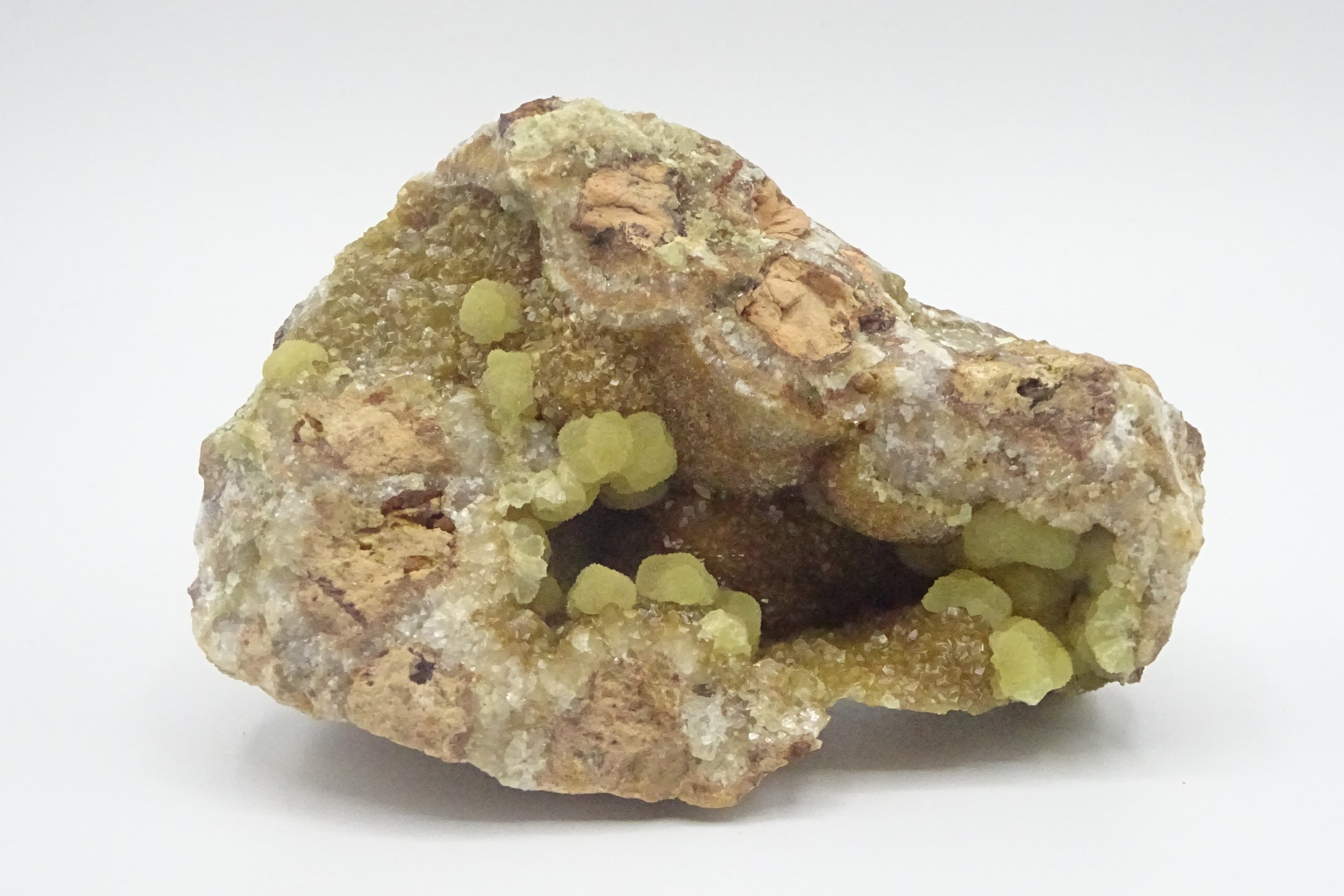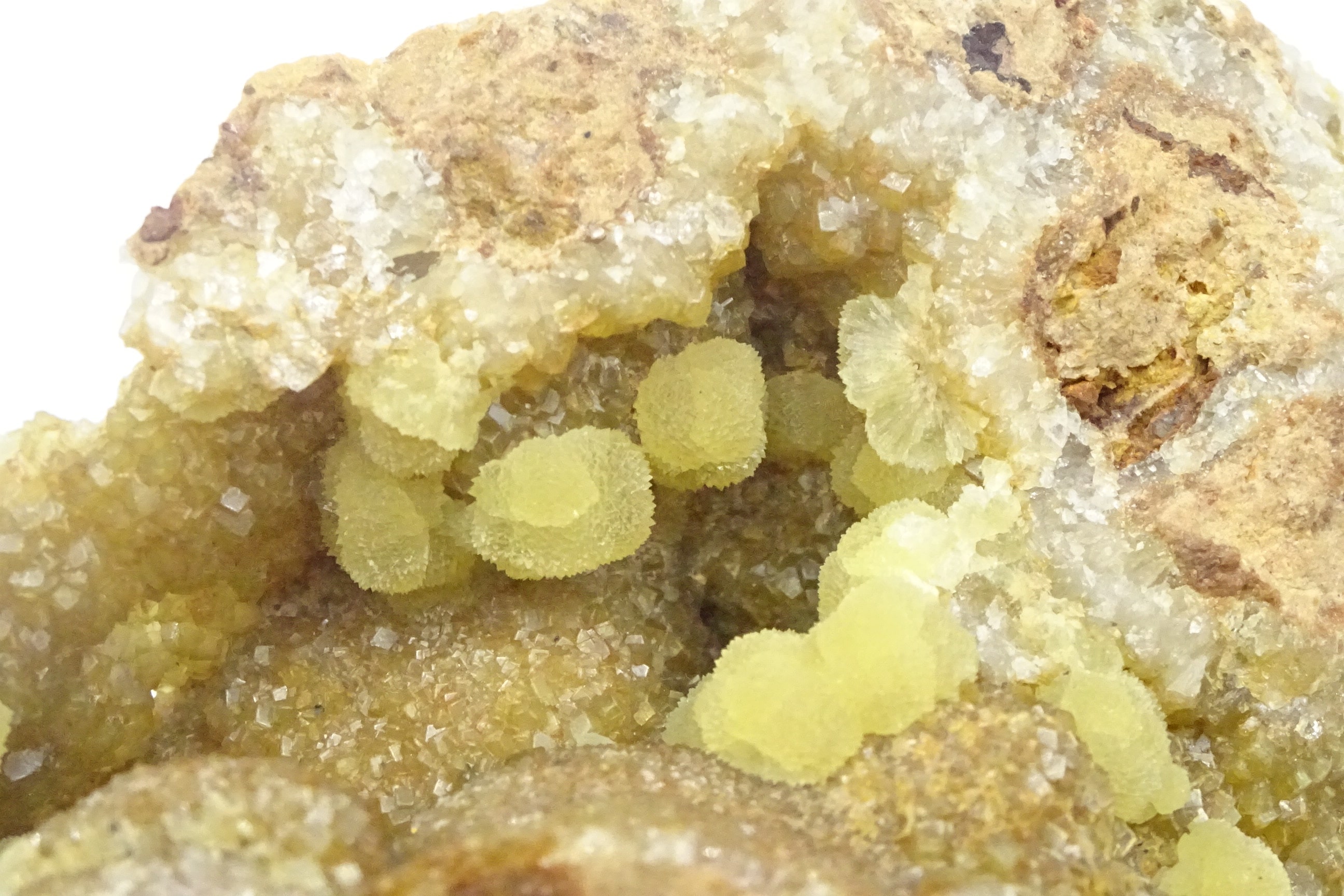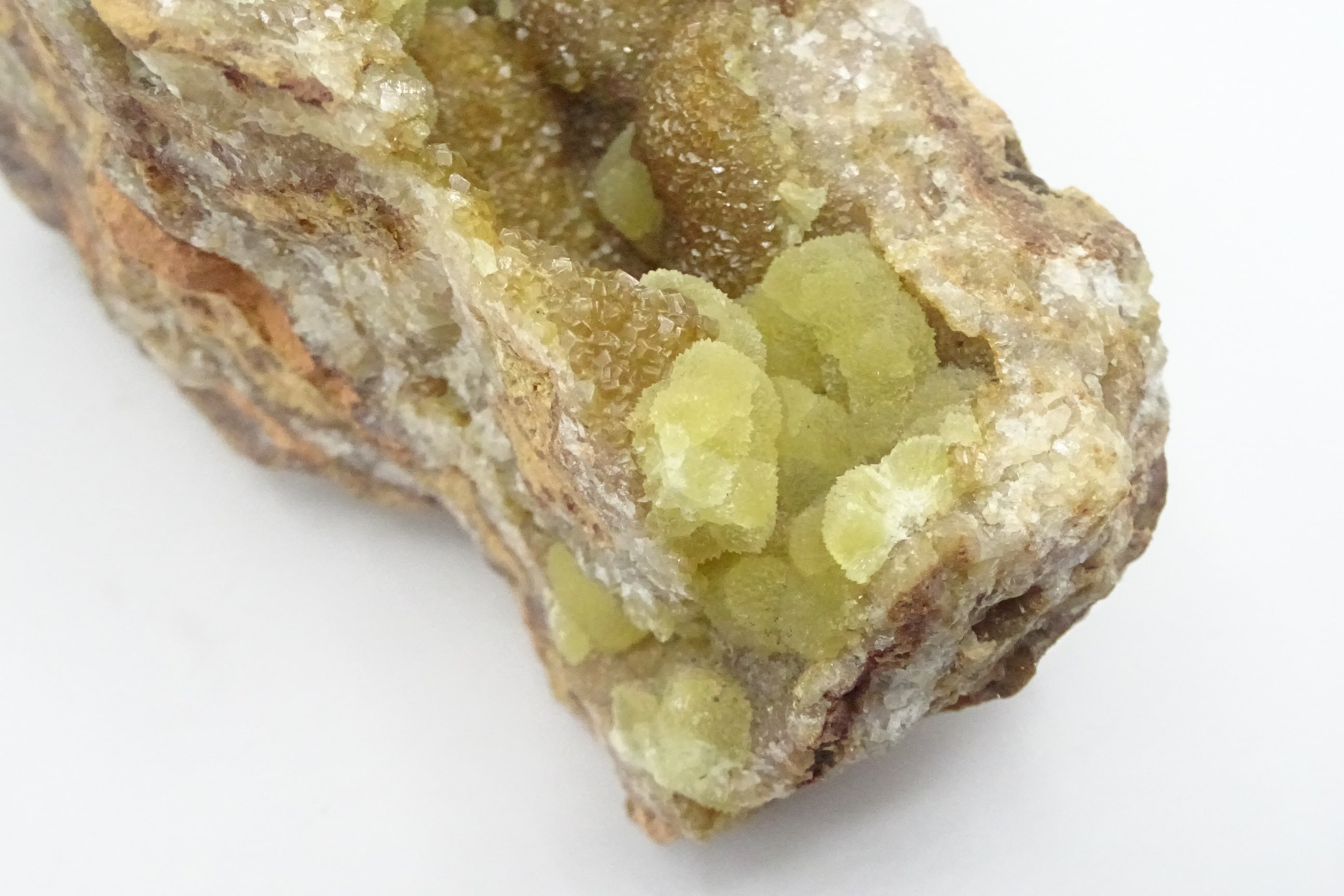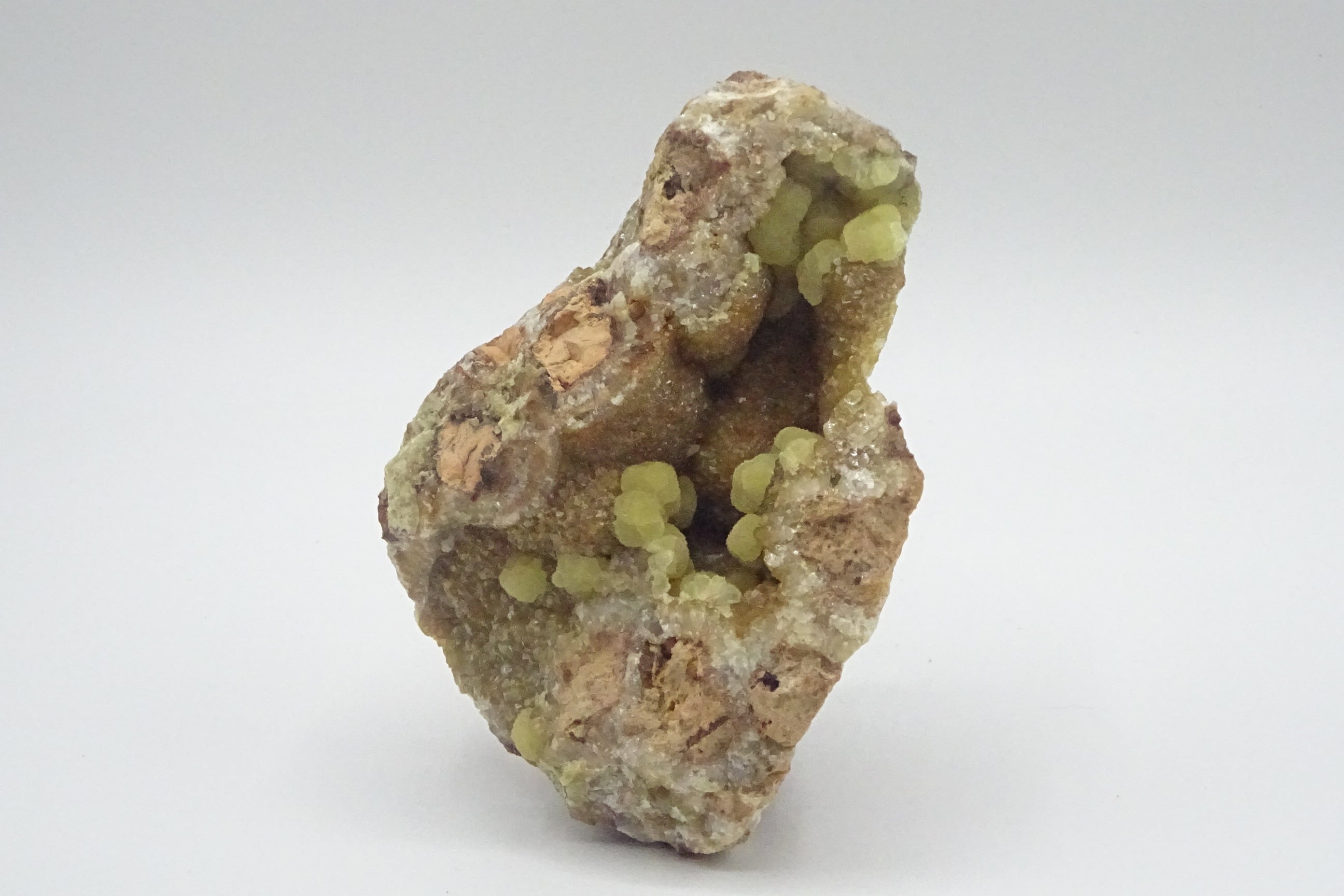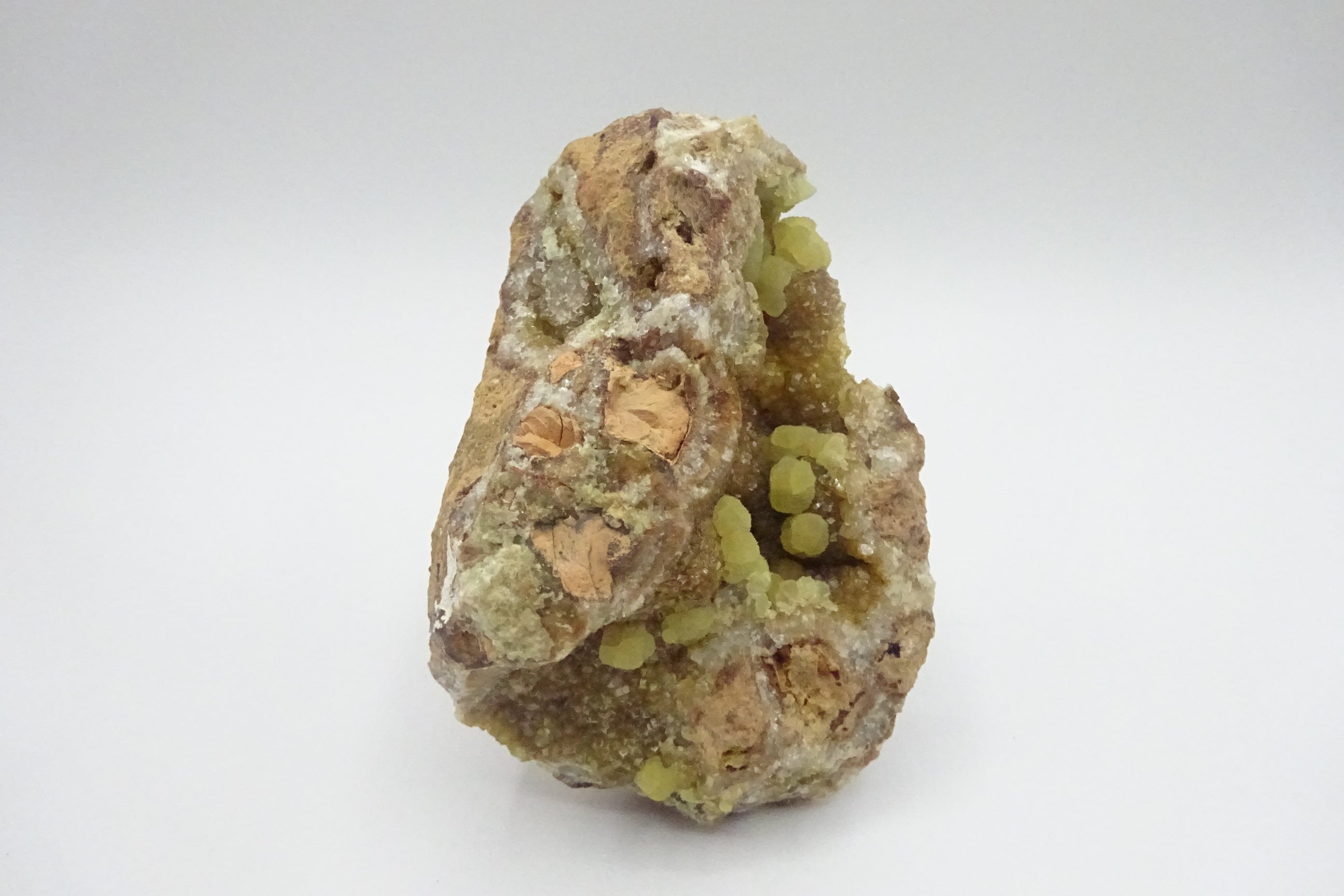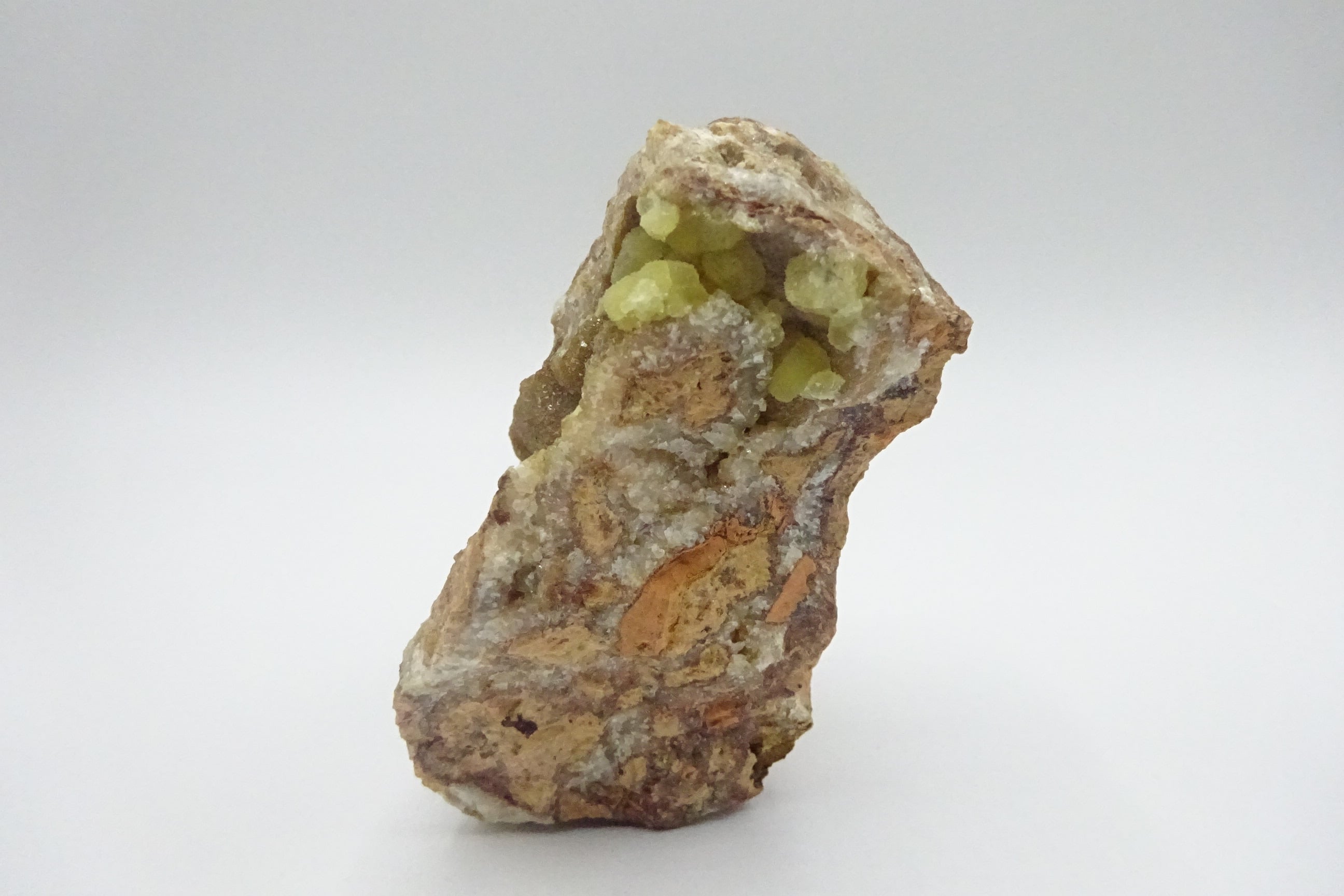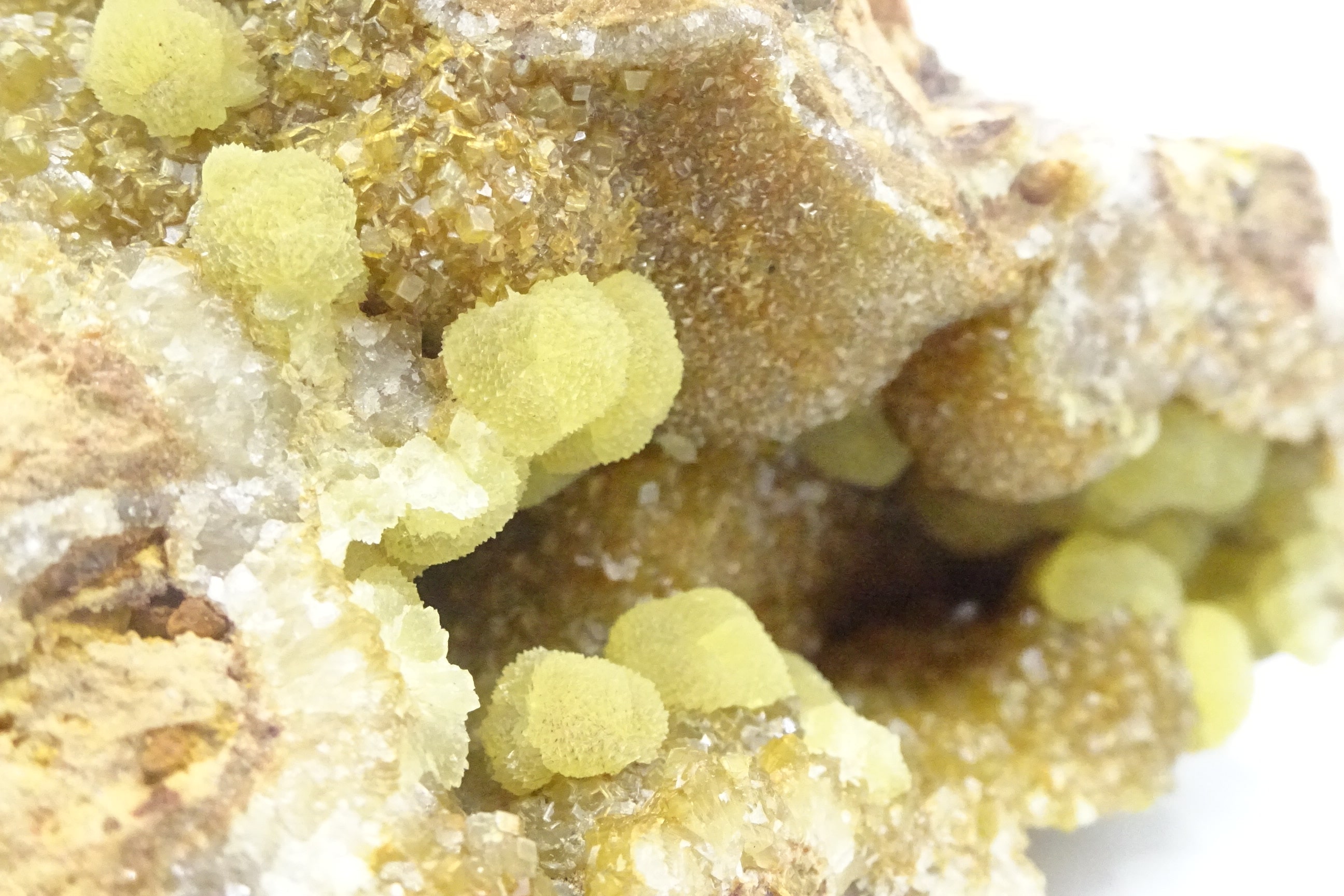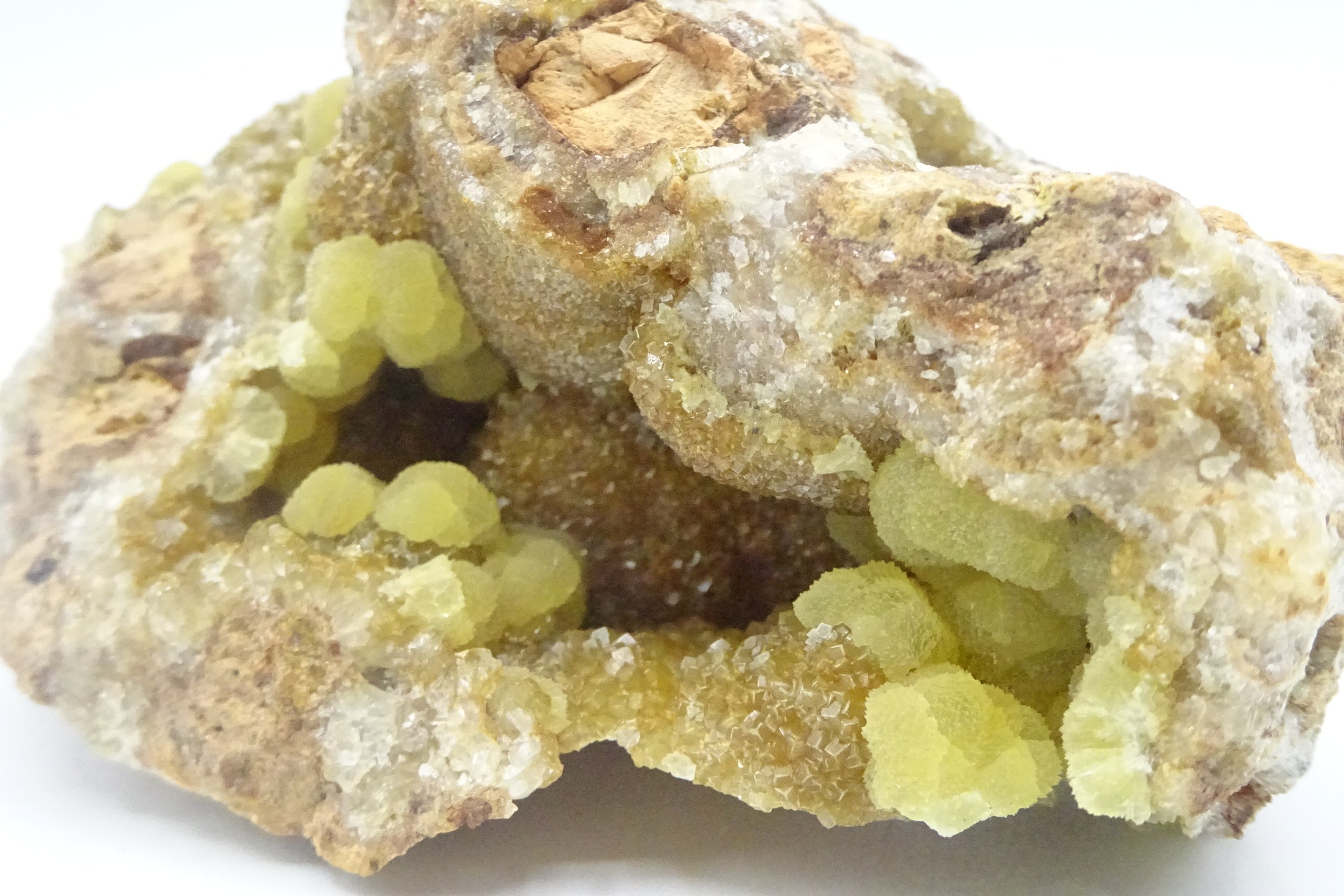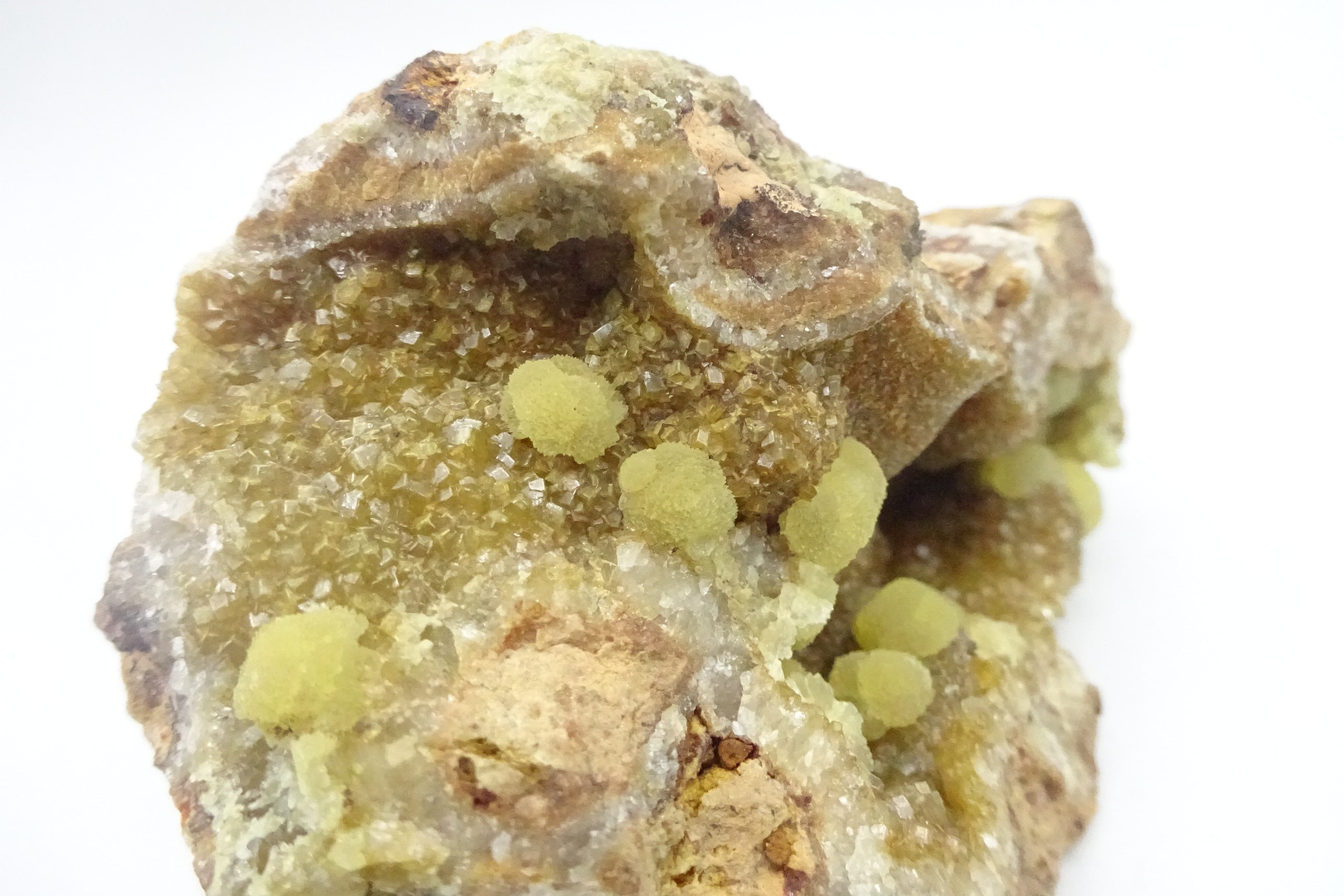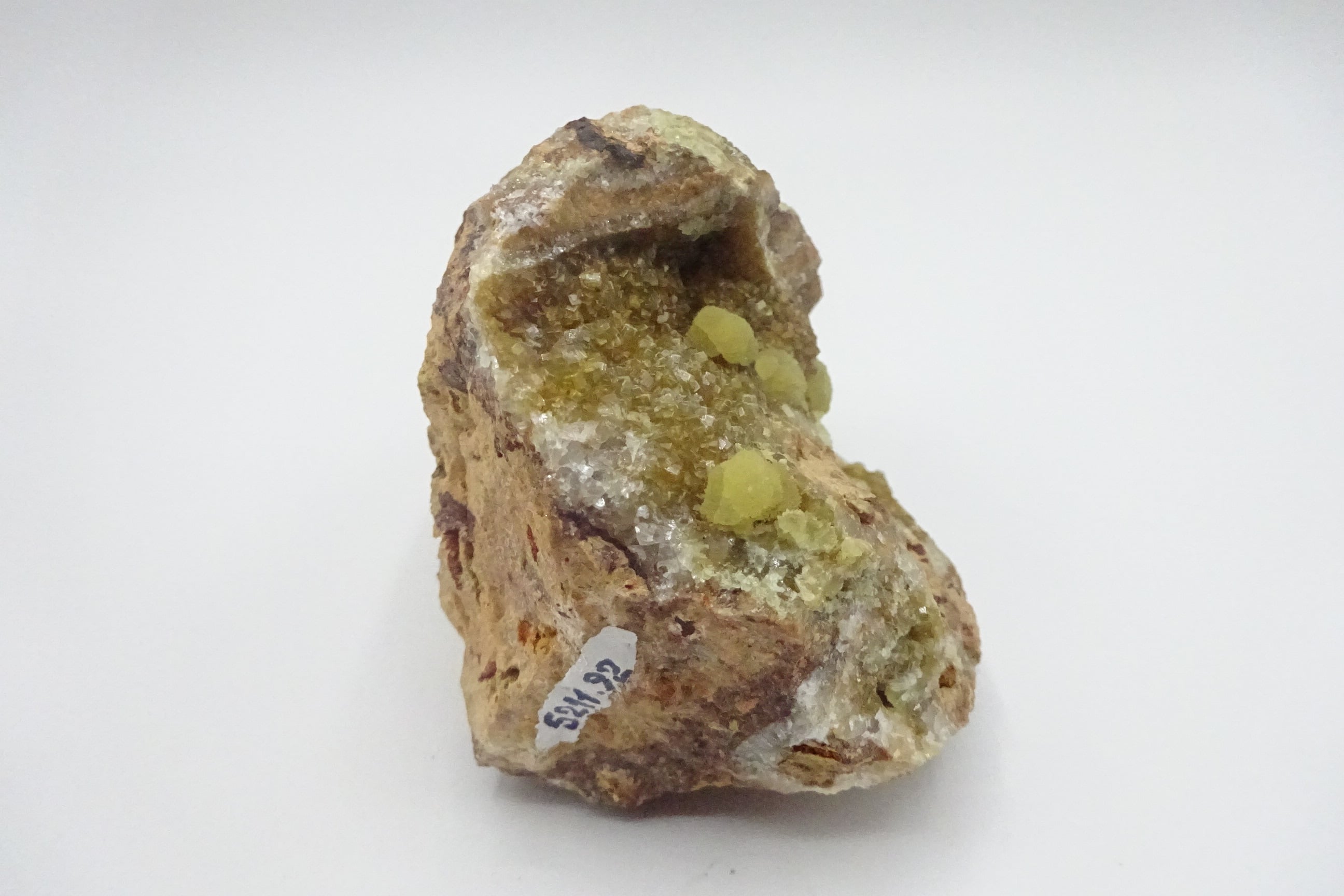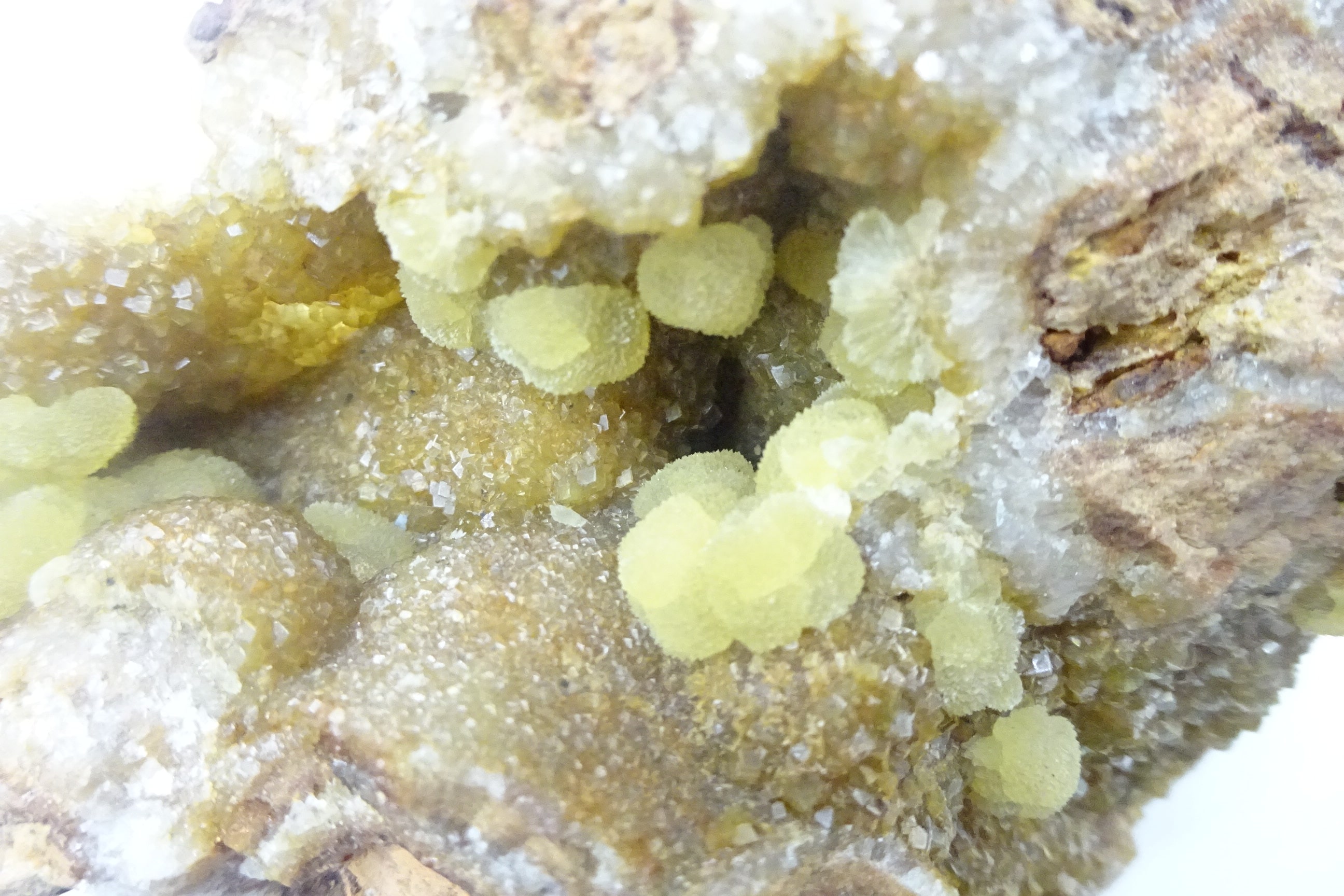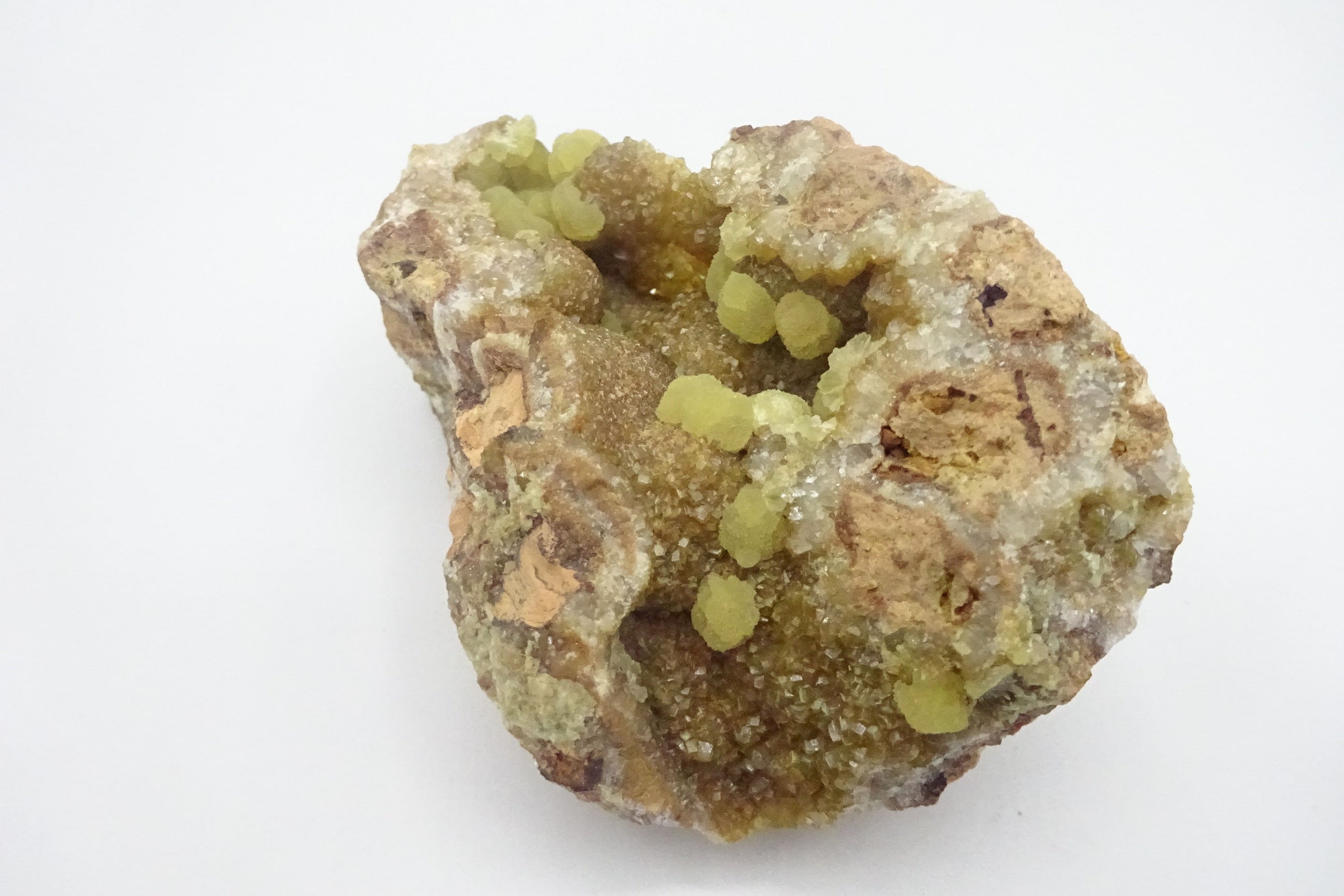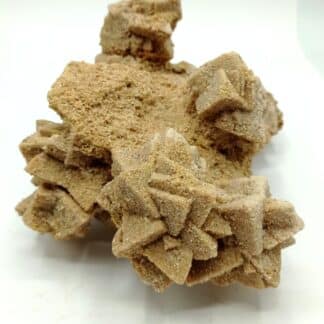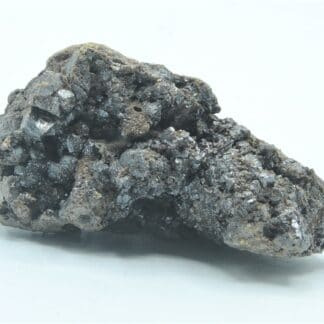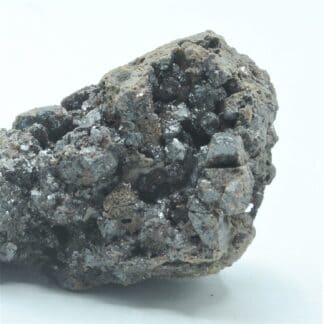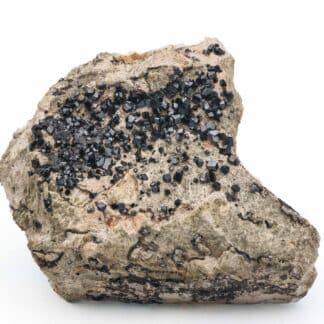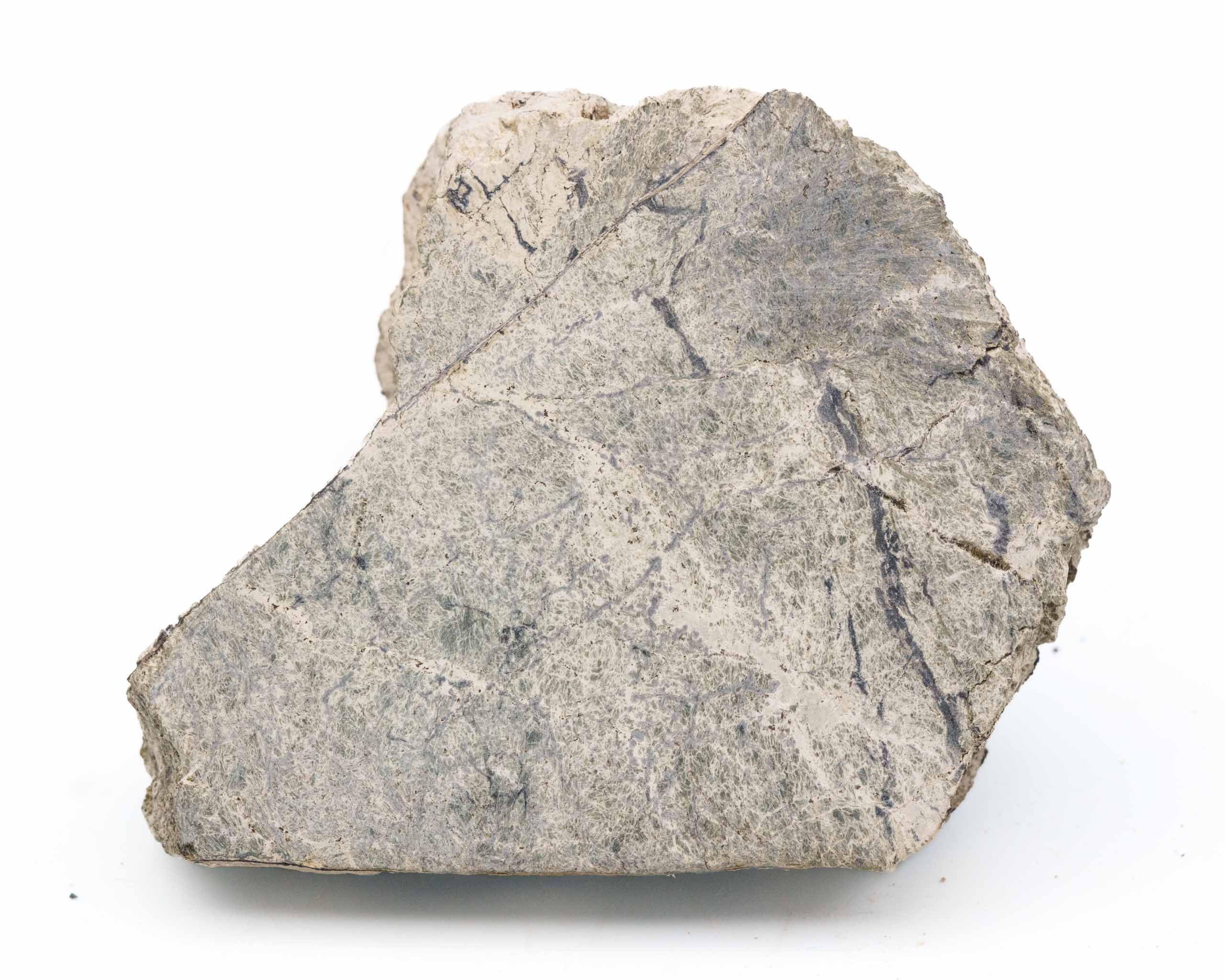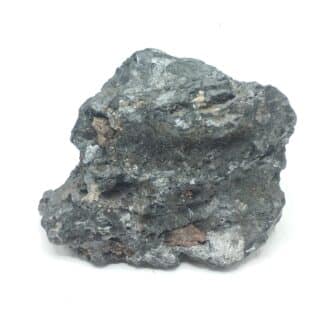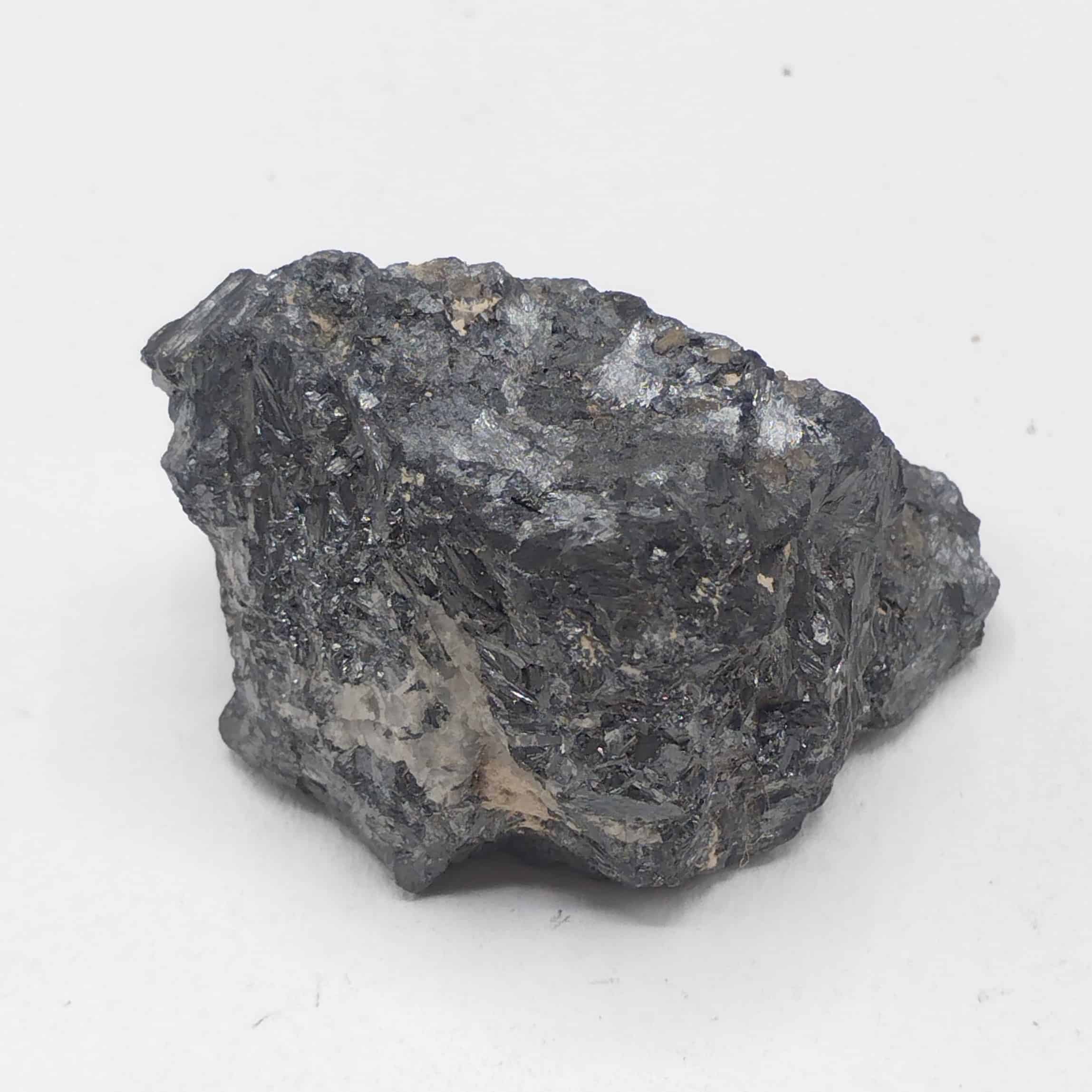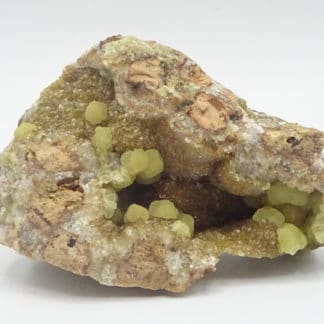Description
Association of pale green botryoidal smithsonite on brown smithsonite in rhombohedral crystals. Specimens from this deposit are rarely so aesthetically pleasing and colorful. The gangue is particularly typical.
Both technical and pleasing, this large 19th-century antique specimen comes from the Altenberg mine at La Calamine (Kelmis), which was located near Moresnet, in the Vieille Montagne concession, in the province of Liège, Belgium.
The deposit was a huge pile of secondary zinc ore, known as calamine, divided into two parts, the northern part predominantly carbonate (smithsonite) in contact with limestone, and the southern part silicate (hemimorphite and willemite), in contact with dolomite.
This deposit is world-famous for having been the cradle of the zinc industry in the 19th century, the mine having closed following its exhaustion in 1884. At the time, it was located in what was known as “neutral Moresnet”, a territory that belonged to no country, wedged between Belgium, Prussia (later Germany) and the Netherlands. It was operated by Société des Mines et Fonderies de Zinc de la Vieille-Montagne, founded in 1837.
This post is also available in: French
